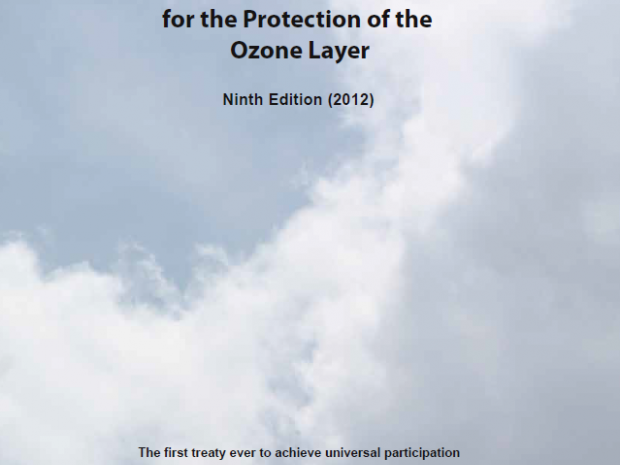The Vienna Convention for the Protection of the Ozone Layer (Vienna, Revised 2012)

The Vienna Convention for the Protection of the Ozone Layer is often called a framework convention, because it served as a framework for efforts to protect the globe’s ozone layer. The Vienna Convention was adopted in 1985 and entered into force on 22 Sep 1988. In 2009, the Vienna Convention became the first Convention of any kind to achieve universal ratification. The objectives of the Convention were for Parties to promote cooperation by means of systematic observations, research and information exchange on the effects of human activities on the ozone layer and to adopt legislative or administrative measures against activities likely to have adverse effects on the ozone layer.
The Vienna Convention did not require countries to take concrete actions to control ozone depleting substances. Instead, in accordance with the provisions of the Convention, the countries of the world agreed the Montreal Protocol on Substances that Deplete the Ozone Layer under the Convention to advance that goal.
The Parties to the Vienna Convention meet once every three years, back to back with the Parties to the Montreal Protocol, in order to take decisions designed to administer the Convention.
Here is the 2012 revised version of the convention.
This presentation was taken from the Ozone Secretariat of the UNEP
You can find more information on: http://ozone.unep.org
Log in with your EU Login account to post or comment on the platform.